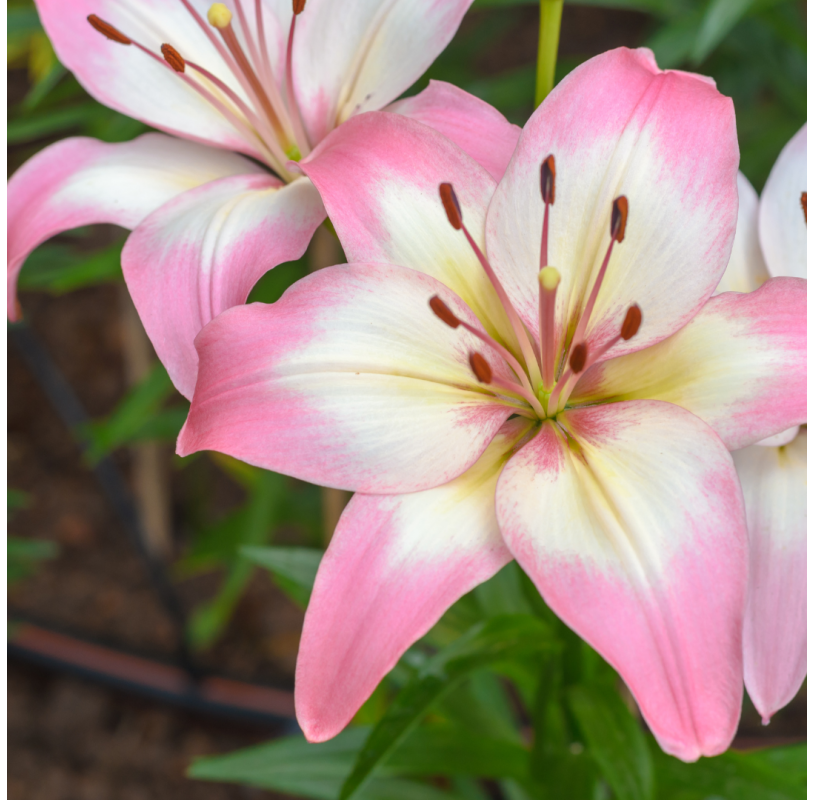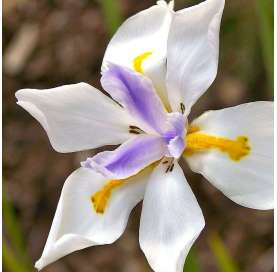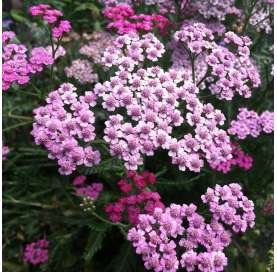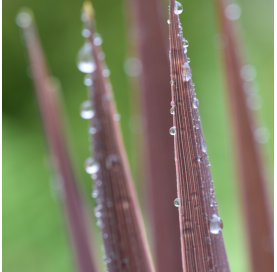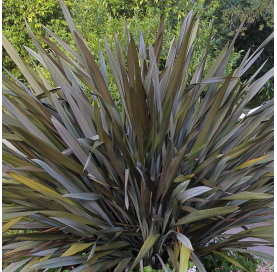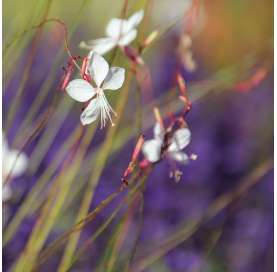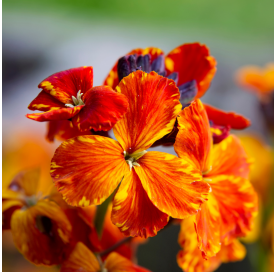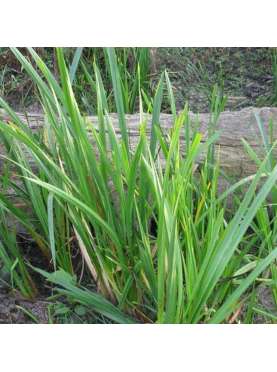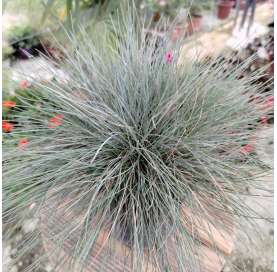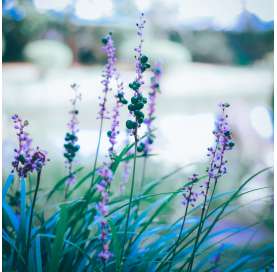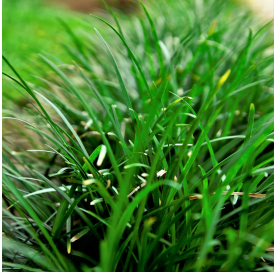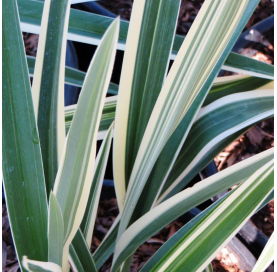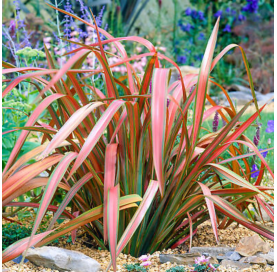Lilium hibrido
The Lilium hybrid is a perennial bulbous plant with trumpet-shaped flowers in vibrant colors such as white, pink, red, yellow, and orange. It is cultivated for its ornamental beauty and strong fragrance. It thrives in well-drained soil, partial to full sunlight, and moderate watering.
 Encrypted payments for greater security
Encrypted payments for greater security
To reduce the plant's time in transit, shipments are made from Monday to Wednesday.


Shipping only to mainland Spain and mainland Portugal
Lilium Hybrid
Description
The Lilium hybrid is a perennial bulbous plant cultivated for its spectacular trumpet-shaped flowers, which come in various colors, including white, pink, red, yellow, and orange. The petals can be smooth or speckled, and many varieties have a strong, pleasant fragrance. The upright stems can reach between 60 cm and 150 cm (24 to 59 inches) in height, depending on the variety.
Origin and History
Lilium hybrids are the result of crossbreeding different wild lily species, mainly from Asia, Europe, and North America. Their cultivation and hybridization have led to the creation of numerous varieties with different sizes, shapes, and fragrances. Since ancient times, lilies have symbolized purity and renewal, appearing in the art and mythology of various cultures.
Curiosity
Some Lilium hybrid varieties have edible flowers and are used in the cuisine of countries such as China and Japan. However, it is important to note that lilies are highly toxic to cats, so they should be kept out of reach of pets.
Care
- Location: Prefers sunny or partially shaded spots with at least six hours of direct sunlight per day.
- Soil: Requires well-drained, nutrient-rich, slightly acidic soil.
- Fertilization: Apply a fertilizer rich in potassium and phosphorus during the growing season to encourage flowering.
- Support: In windy areas, staking the stems is recommended to prevent bending or breaking.
Watering
Water moderately, keeping the soil slightly moist but avoiding waterlogging, which can cause bulb rot. During the flowering season, slightly increase the frequency of watering.
Pruning
- After flowering, remove wilted flowers to prevent seed formation and help the bulb grow stronger.
- Wait until the foliage has completely withered before cutting it back, as the plant stores nutrients in the bulb for the next growing season.
12 other products in the same category:
-
Dietes iridioides€8.50
-
-
Phornium black rage€34.00
-
Phornium tenax purpureum.€25.90
-
CHEIRANTHUS - Wallflower€0.00
-
Acorus gramineous...€7.50
-
-
Ophiopogon japonicus.€3.90
-
-
Phornium jester€33.00

 English
English Spanish
Spanish